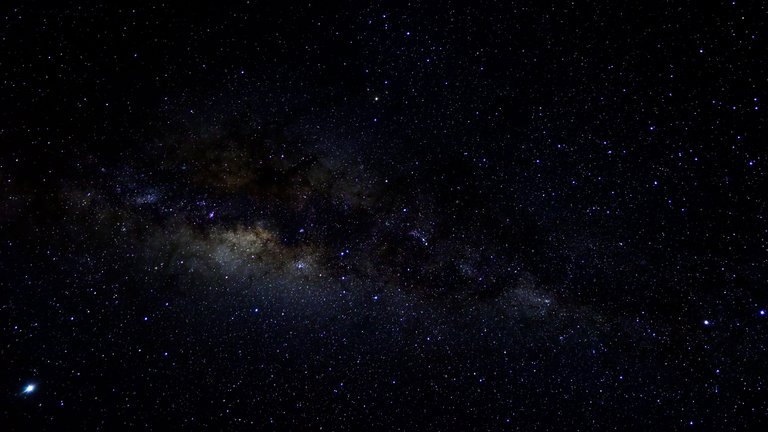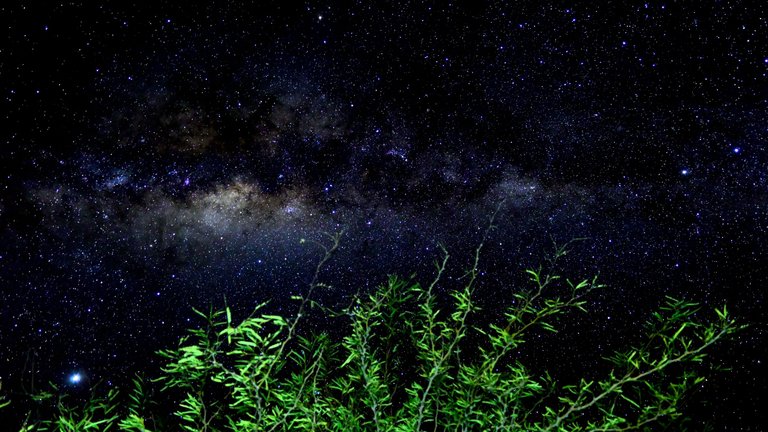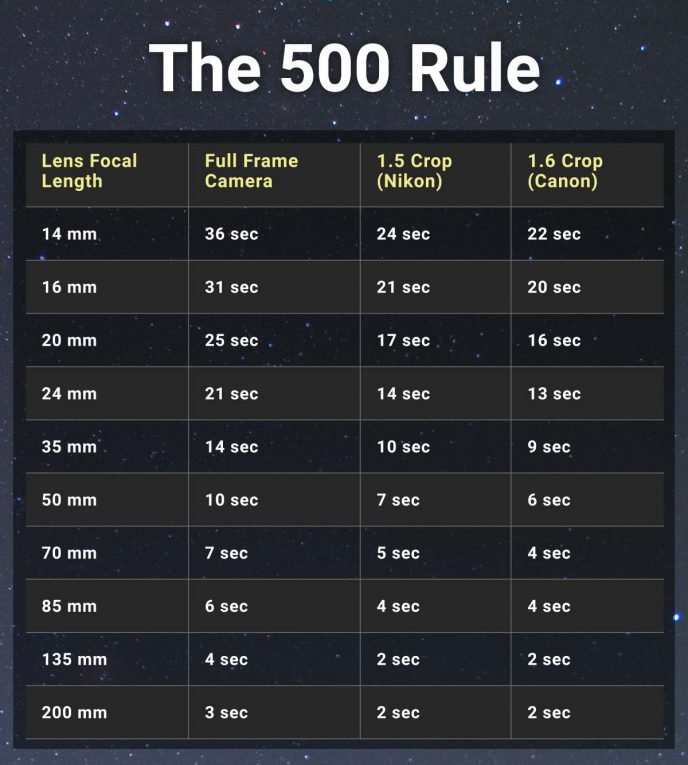
Milky Way: Cropped Sensor.16mm - F 3.5 / ISO 5000 / 20 Sec
For those of you who are getting into astrophotography you might wonder how to get your stars looking sharp in Milky Way photos. The answer is the 500 rule. Here's how it works and when to use it.

Milkyway 2: Cropped Sensor.16mm - F 3.5 / ISO 5000 / 20 Sec
The first step is to have a really wide aperture to capture as much light as possible. Then you need to work out what ISO is best to use - remember ISO is the only setting on your camera that diminishes the quality of your photo as you increase it so be careful how high you raise it. I normally work between ISO 1600-6400 depending on conditions. Which brings me onto the shutter speed. You want a long shutter speed to capture more light and bring out the details of the milky way but overdo it and you actually create star trails. So, you need to use the 500 rule which is the maximum shutter speed to use without creating star trails.
Once you work it out you it's really easy, just divide 500 by the focal length of your lens. For example if you are using a 16mm it would be (500/16 = 30). Therefore, 30 seconds is the ideal shutter speed.

To make it even easier I've included a really handy table so you can ignore everything I just said and work from this
REMEMBER this is for full frame cameras, for cropped frame cameras like my Nikon Z50 you have to multiply the cropped factor first before dividing by 500. Here are the crop factors:
Sony & Nikon = 1.5 crop factor - 1.5 X 16 = 24 | 500/24 = 20 SECONDS
Canon = 1.6 crop factor - 1.6 x 16 = 25 | 500/25 = 20 SECONDS